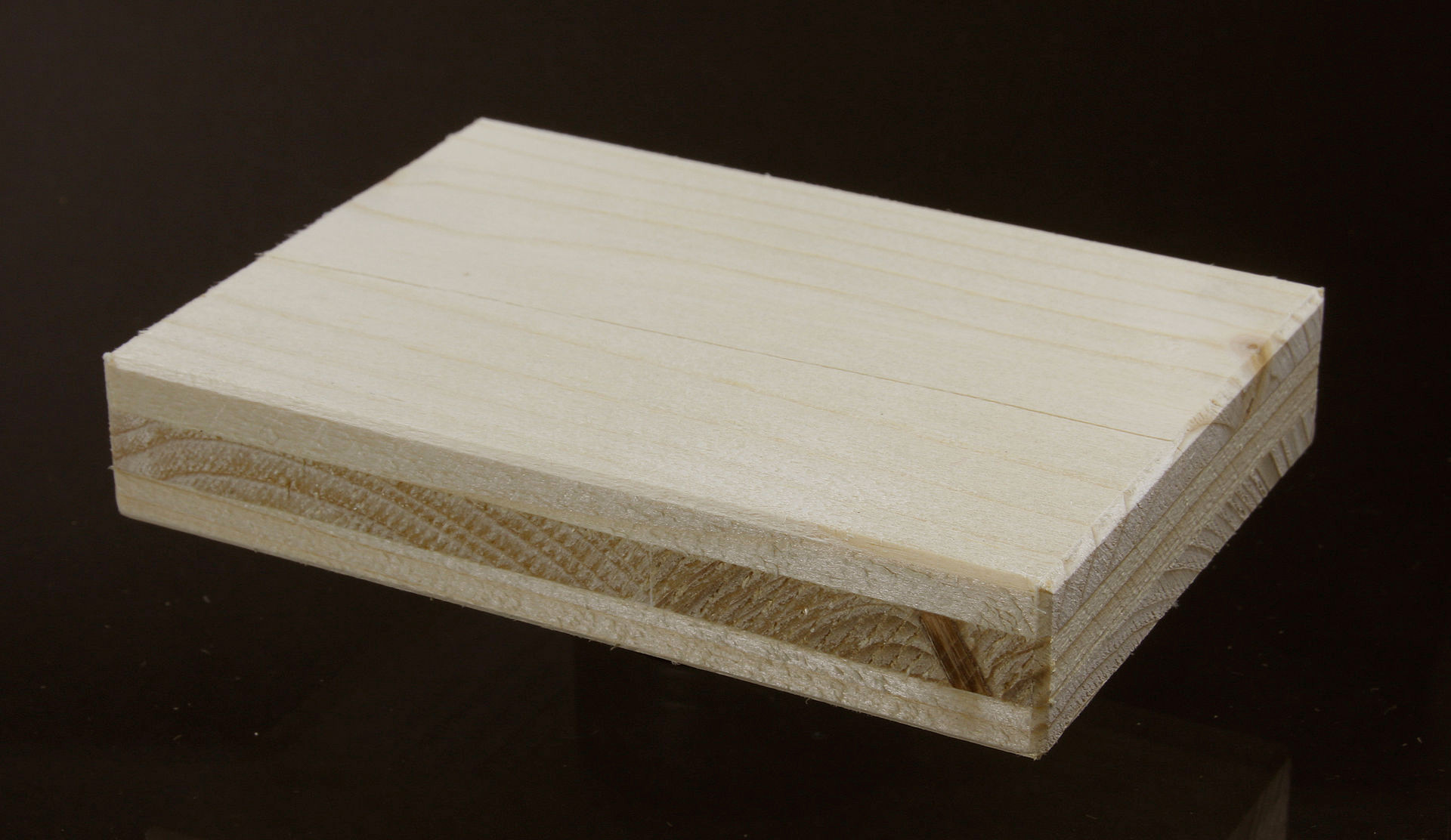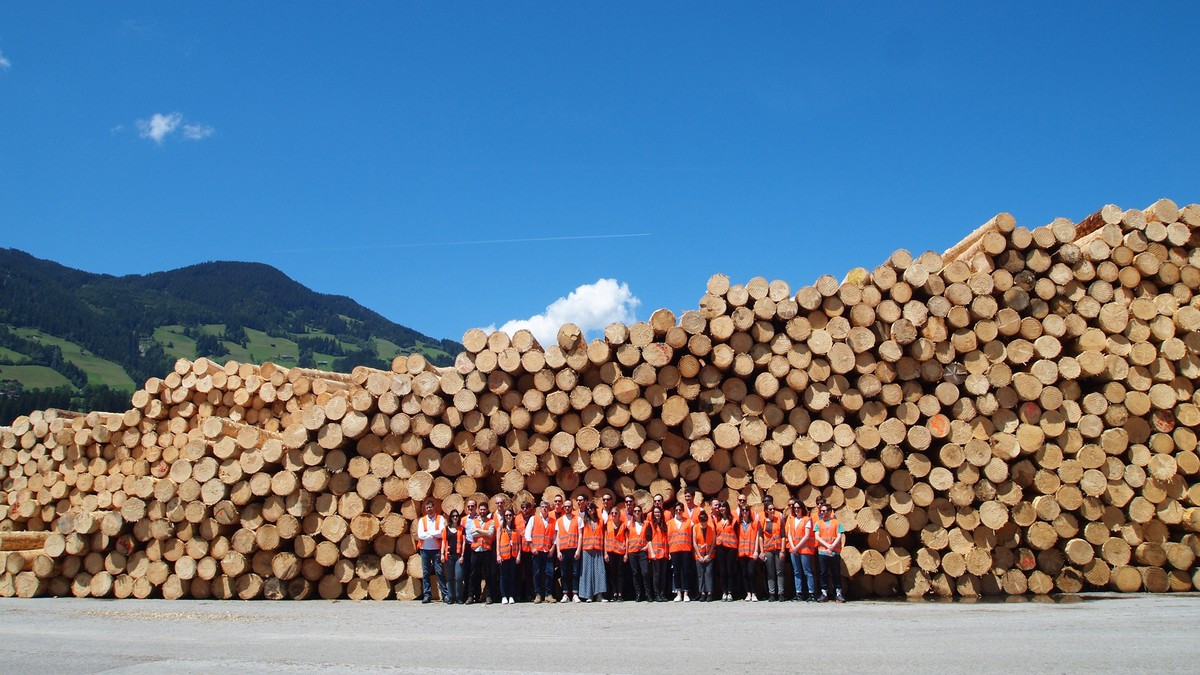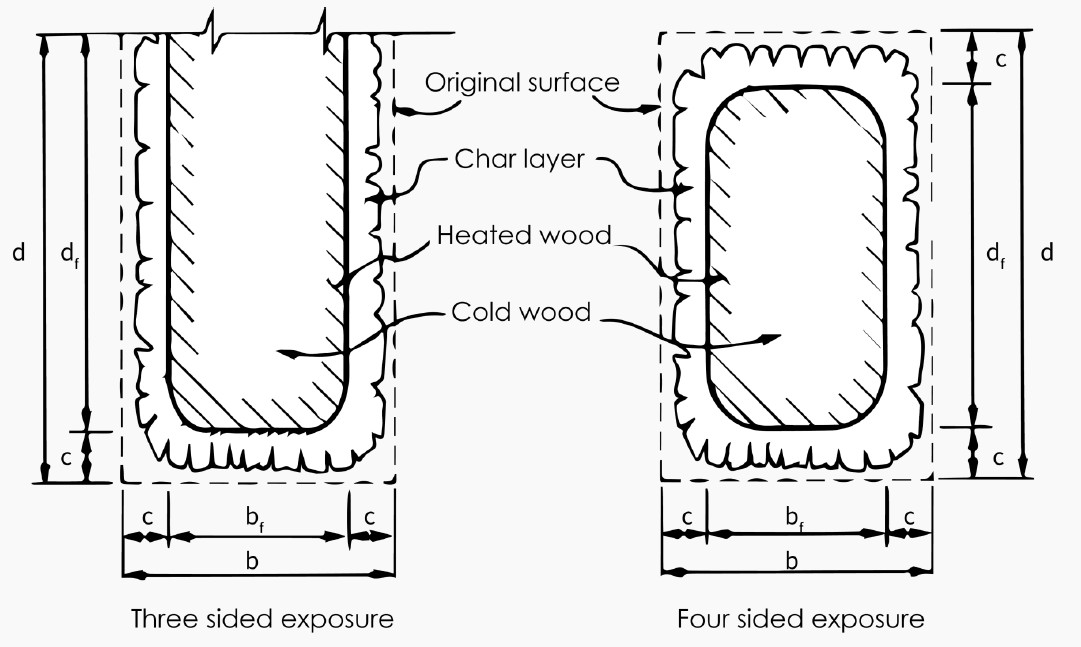Het Britse architectenbureau Waugh Thistleton architects is wereldberoemd om zijn nieuwe houten gebouwen en de daarbij toegepaste nieuwe, op hout gebaseerde, materialen. Door een tip liep ik er toevallig tegenaan.
Zie http://waughthistleton.com/ .
Er zijn goede redenen om opnieuw naar houtbouw te kijken. Bouwtechnische (de bouw gaat snel), maar ook omdat het een langdurige opslag van koolstof is. Ik heb daar op deze site al eerder over geschreven, zie Houtbouw voor het klimaat – terug naar de toekomst en Nogmaals over wolkenkrabbers van hout – update .
WT maakt er een kunst van.
Ze staan bekend om het gebruik van CLT (Cross Laminated Timber) . Dat bestaat uit onderling haaks gelijmde lagen. Wikipedia wijdt er een artikel aan, zie https://en.wikipedia.org/wiki/Cross-laminated_timber . De foto toont vurenhout.

WT zijn er kunstenaars mee geworden. Wie geïnteresseerd is in duurzaam bouwen en het gebruik van hout, moet beslist eens op deze site gaan kijken. Ik haal er wat plaatjes en teksten vandaan.

De trotse vermelding van erkenning door een researchprogramma van de EU:
How to ‘Build in Wood’ 14 October 2019
We’re excited to have been selected as the only UK partner in an EU funded consortium that will look at how to reduce CO2 emissions through increased use of engineered timber in multi storey buildings.
Build-in-Wood is a €8.6 million project funded by Horizon 2020. The goal of the project is a simple one: to make wood the first choice for construction of multi-storey buildings.
The project is made up of a consortium of 21 partners representing the entire value chain from building materials to the finished structure with input from universities who will test the system and prototypes. In addition to designing building systems, the project also involves manufacturers, end users, politicians, and local European communities to increase an understanding of how wood can and should be accepted as the building material of the 21st century.
The construction sector is one Europe’s largest CO2 contributors. Years of targeted legislation has significantly reduced emissions from operational energy of European buildings, however the significant contribution from the production of building materials and the building process has gone below the radar. By increasing the use of wood in construction we can have a significant impact on the carbon footprint of our buildings, actually removing carbon from the atmosphere and storing it within out buildings and cities.
Build-in-Wood is receiving funding from the European Union’s Horizon 2020 research and innovation programme under grant agreement No 862820 and runs for four years from September 2019 to August 2023.

The ten-storey, 121-unit development is made entirely of CLT, from the external, party and core walls, through to the floors and stairs, weighing a fifth of a concrete building of this size, and reducing the number of deliveries during construction by 80 per cent.

This high quality student housing project marks a transitional gateway site between Brighton and Lewes. Constructed from lightweight prefabricated timber wall sections and CLT slabs and core, it took under 12 months to complete.

Andrew Waugh showed BBC Future’s Tim Smedley around our project on Orsman Road, discussing some of the benefits including carbon offset, construction ease and future flexibility of building with timber.
“Some architects such as Waugh are therefore arguing for – and pressing ahead with – a return to wood as our primary building material. Wood from managed forestry actually stores carbon as opposed to emitting it: as trees grow, they absorb CO2 from the atmosphere.”
Read the full article on the BBC Future Website.
Is een houten gebouw, en speciaal een hoog houten gebouw, brandveilig? Daaraan is veel onderzoek gedaan. Voor zover ik dat als bouwkundige leek beoordelen kan, is het antwoord
- alle bouwmaterialen hebben een probleem met hoge temperaturen (ook beton en staal)
- CLT houdt het lang uit bij brand, als het maar dik genoeg is, minstens zo dik dat de lijm tussen de lagen het houdt. De verkoolde buitenkant kan de binnenkant beschermen.
Een student op de TU Delft is afgestudeerd op wetenschappelijk vuurtje stoken. Het resultaat is te vinden op www.ifv.nl/kennisplein/Documents/20151104-tudelft-roy-crielaard-zelfdovend-vermogen-gelamineerd-kruislaaghout.pdf , waar onderstaande schets vandaan komt. Als je het goed doet, schijnt het mee te vallen. Het is geen reden meer om hoge houten gebouwen te verbieden.

www.ifv.nl/kennisplein/Documents/20151104-tudelft-roy-crielaard-zelfdovend-vermogen-gelamineerd-kruislaaghout.pdf